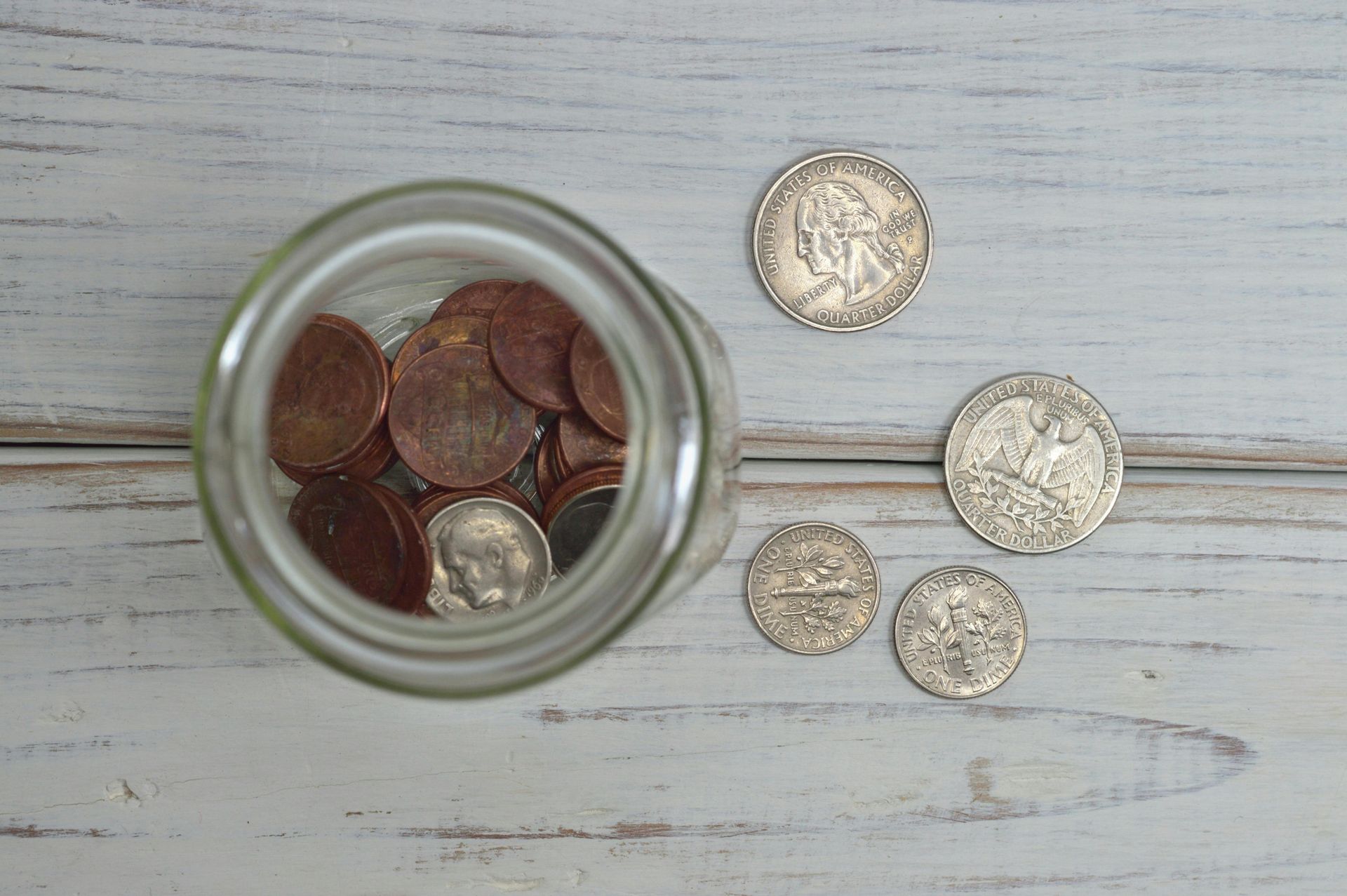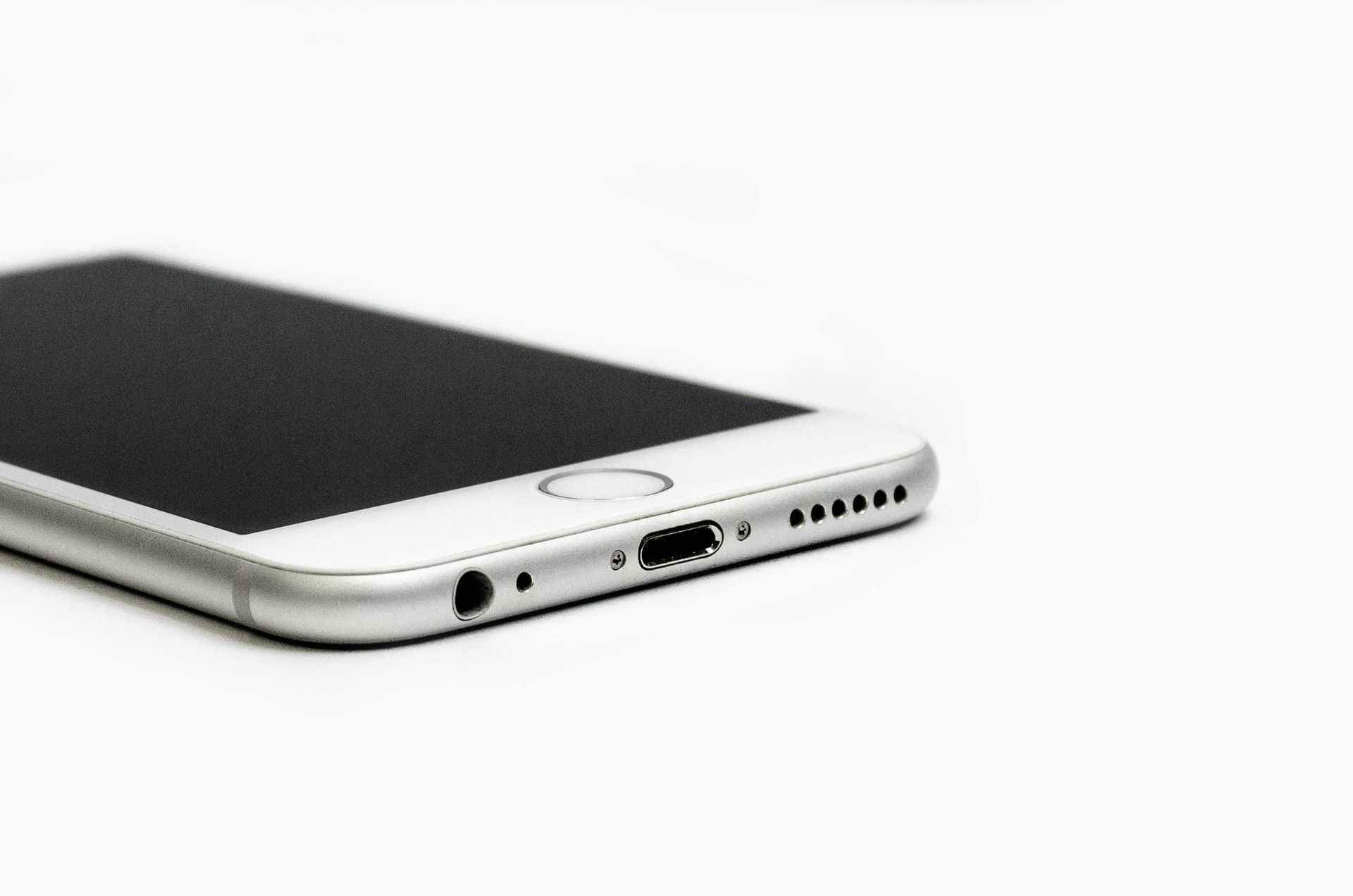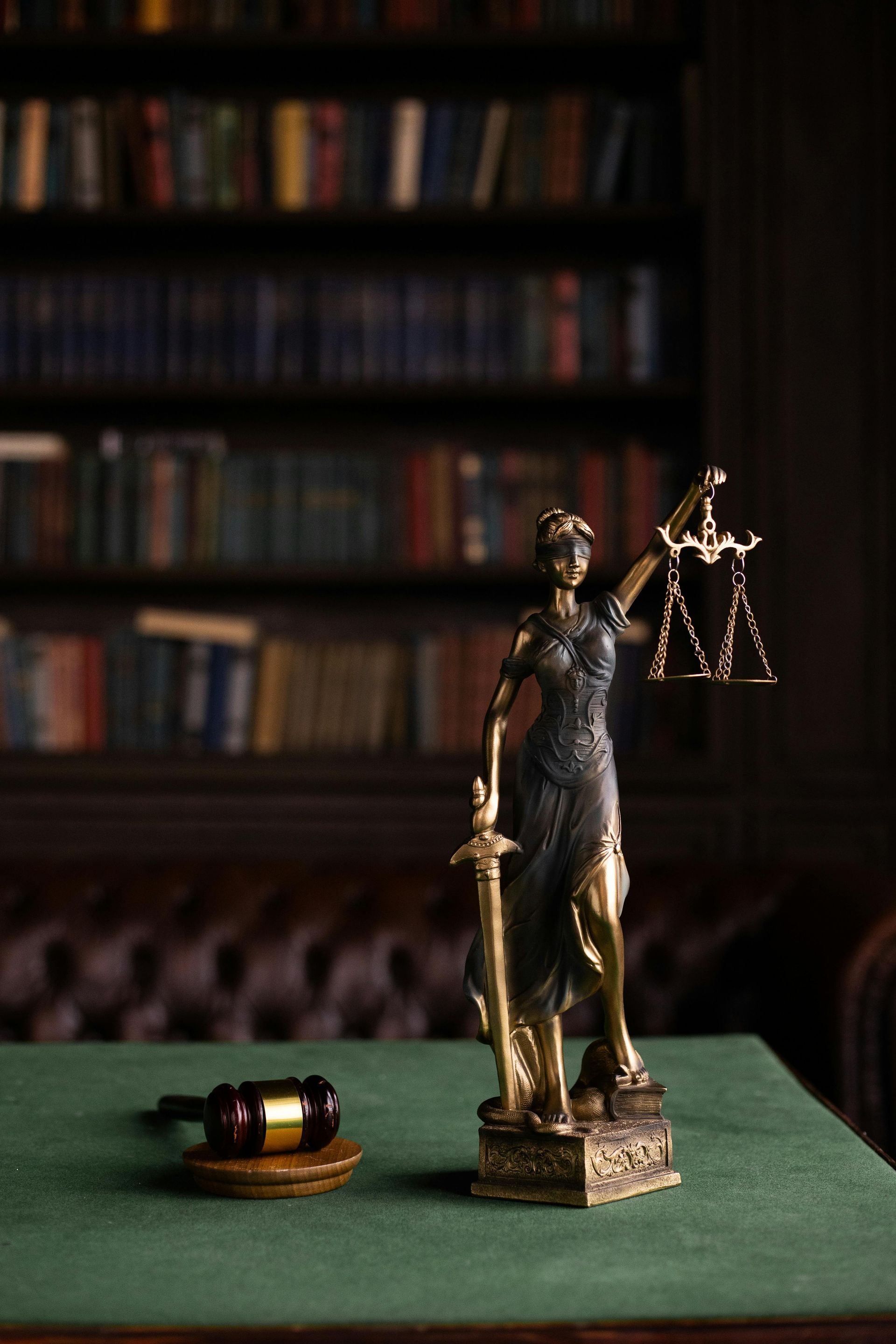What is the Difference Between Secured and Unsecured Debt?
 Are you struggling with overwhelming amounts of debt? If so, consider learning a little bit more about your debt and what you can do about it before you write it off as an impossible situation. The first thing to consider when dealing with debt is what type of debt you are facing. There are two main categories of debt: secured and unsecured. Knowing the difference can help you when you are borrowing money and when you are attempting to manage debt, pay off debt, or considering the benefits of bankruptcy protection.
Are you struggling with overwhelming amounts of debt? If so, consider learning a little bit more about your debt and what you can do about it before you write it off as an impossible situation. The first thing to consider when dealing with debt is what type of debt you are facing. There are two main categories of debt: secured and unsecured. Knowing the difference can help you when you are borrowing money and when you are attempting to manage debt, pay off debt, or considering the benefits of bankruptcy protection.
What is Secured Debt?
Secured debts are just that – they are secured by an asset of value, like a vehicle or a piece of property/real estate. The asset that secures the debt serves as collateral. Lenders place a lien on assets that guarantee a debt that provide them with the right to repossess or foreclose on the asset if the account becomes past due. If the delinquency continues to this point and the lender completes the repossession/foreclosure process, they typically sell the asset. When the price obtained by the lender is not the full price of the remaining debt, the lender may seek payment of the remaining balance or the deficiency balance.
What is Unsecured Debt?
An asset does not secure unsecured debts. When dealing with unsecured debt, lenders have no right to any collateral in connection to the account balance. If the borrower becomes delinquent, they cannot typically claim assets belonging to the borrower as compensation for the debt. What the lender can do is take other actions to obtain the money owed. The most common unsecured debt is credit card debt. Different types of unsecured debt include student loans, medical bills, payday loans, court-ordered child support, etc.
What Actions Do Lenders Take to Obtain Payment on Unpaid or Past Due Debt?
When borrowers are past due on their account payments, lenders of both types of debt may take action to obtain payment. Some lenders will hire a debt collector to urge the borrower to make a payment. Others may decide to file a lawsuit to request wage garnishment or a lien on one of the borrower’s assets until the debt is paid. Late payments and delinquent accounts are also reported by most lenders to the credit reporting agencies and negatively affect the borrower’s credit score.
If you need help managing overwhelming debt or would like to discuss the benefits of bankruptcy in your situation, please get in touch with one of the experienced Consumer Bankruptcy Specialists on staff in Kenneth C. Rannick P.C.’s Chattanooga office. We can help you weigh the pros and cons of filing for a discharge of debt depending on the type of debt you are dealing with and whether or not the majority of your debt is eligible for discharge.
The post What is the Difference Between Secured and Unsecured Debt? appeared first on Kenneth C. Rannick, P.C..











